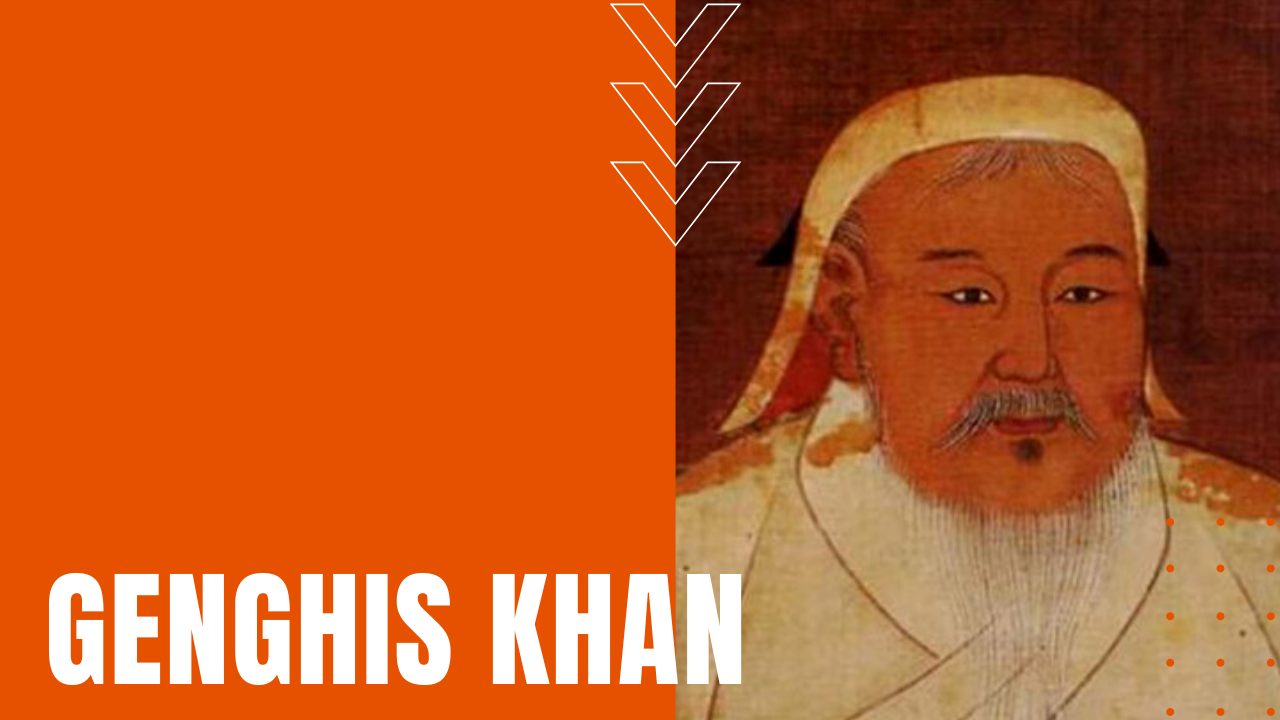Genghis Khan and His Mongol Empire’s Historic Conquest

Born into abject poverty around 1162 near the Mongolian and Siberian border, Genghis Khan, originally named Temujin, rose to power by avoiding placing relatives in key leadership positions, while executing the leaders of enemy tribes before assimilating surrendering laypeople into his growing sphere of influence.
Although Khan was an animist, his belief in religious freedom saw Christians, Muslims and Buddhists follow him into battle. By 1206, Genghis Khan, which translates to “Universal Ruler,” had established a nation similar in size to modern Mongolia. By the time Genghis Khan united the Mongolian steppe tribes, he now ruled over more than one million people, at the same time abolishing all inherited aristocratic titles.
Despite the ruthlessness of his invading Mongol armies, he forbade the selling and kidnapping of women, banned the enslavement of any Mongol tribesmen, while making the theft of livestock punishable by death. Khan also ushered in the adoption of a writing system, while granting diplomatic immunity to foreign ambassadors.
The Mongolian Empire of Genghis Khan
Beginning in 1209 until his death in 1227, Khan and his Mongol armies pushed beyond the borders of Mongolia, traveling without supply train other than a large reserve of spare horses. After invading most of modern-day China, by 1219 Khan went to war against the Khwarezm Empire, which encompassed the geography of present-day Turkmenistan, Uzbekistan, Afghanistan and Iran, slaughtering and plundering his way through city after city, including Bukhara, Samarkand and Urgench.
Skilled workers such as carpenters were generally spared, while aristocrats and enemy soldiers were killed on the spot. No one knows with any certainty how many people perished during Khan’s endless years of conquest, but by his return to Mongolia in 1225, his empire comprised an enormous swath of territory from the Sea of Japan to the Caspian Sea.
How Genghis Khan Died
By the time of his death on August 18th 1227—caused by internal injuries after falling from a horse during battle—Genghis Khan conquered more than twice as much geography than any other person in history, at the same time bringing Eastern and Western civilizations into contact with one another for one of the first times in history.
Trained by Khan himself, his descendants would follow in his footsteps, conquering Eastern Europe, the Middle East and the remainder of China, even invading Japan and Java before the Mongol Empire slowly broke apart in the 14th century, making Genghis Khan one of the greatest military minds in the history of human conquest.
